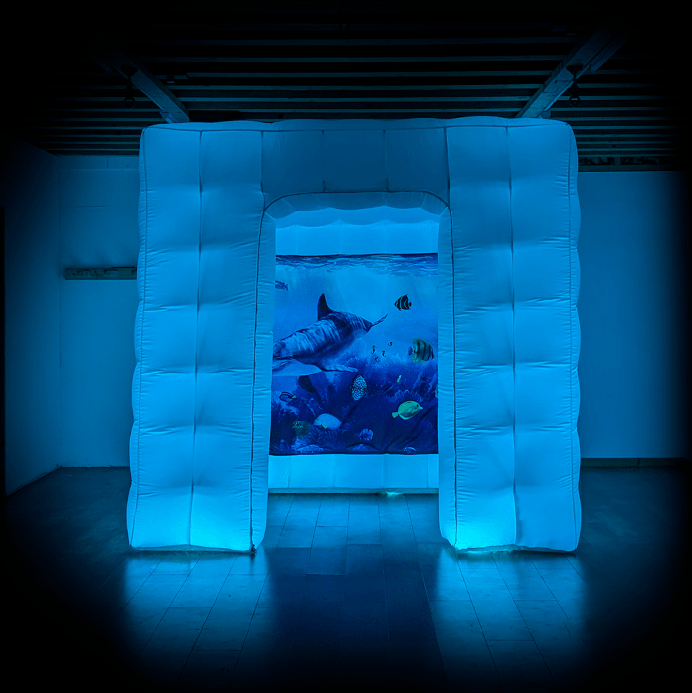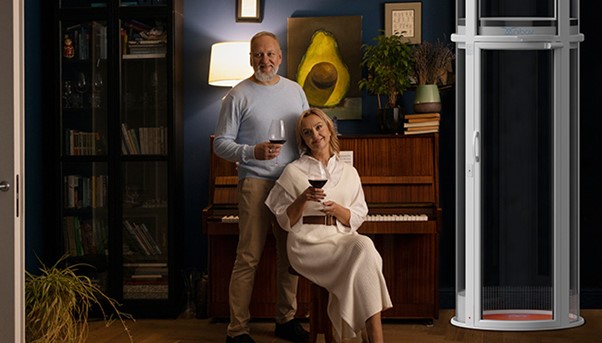In recent years, there has been a growing recognition of the importance of mental health care for children and adolescents. With the pressures of modern life, children are increasingly susceptible to stress, anxiety, and other mental health challenges. To address these issues, innovative solutions are emerging, one of which is the therapy pod. These compact, personalized spaces offer a sanctuary where children can explore their emotions, express themselves freely, and receive the support they need to thrive.
Understanding Therapy Pods
Therapy pods are specialized environments designed to provide a safe and comforting space for therapeutic interventions. They are typically equipped with various features tailored to the needs of children, including calming sensory elements, interactive technologies, and tools for self-expression. The primary goal of therapy pods is to create an environment conducive to healing and personal growth.
Features and Components
-
Sensory Integration: Therapy pods often incorporate sensory elements such as soft lighting, soothing sounds, and tactile materials. These features help children regulate their emotions, reduce stress, and promote relaxation.
-
Interactive Technology: Many therapy pods utilize interactive technologies such as touchscreens, virtual reality, and biofeedback devices. These tools can engage children in therapeutic activities, such as guided meditation, art therapy, or cognitive-behavioral exercises.
-
Customization: Therapy pods can be customized to accommodate the unique needs and preferences of each child. From adjustable lighting to personalized playlists, these customizable features ensure that children feel comfortable and supported during their therapeutic sessions.
-
Privacy and Security: Privacy and security are paramount in therapy pods, ensuring that children feel safe and protected while exploring their emotions. Soundproofing, locking mechanisms, and confidentiality protocols are standard features to maintain a secure environment.
-
Mobility and Accessibility: Some therapy pods are designed to be portable, allowing them to be easily transported to different locations such as schools, community centers, or healthcare facilities. This mobility ensures that children have access to mental health support wherever they may need it.
Benefits of Therapy Pods for Children
-
Promoting Emotional Regulation: Therapy pods provide a calming and controlled environment where children can learn to regulate their emotions effectively. Through sensory experiences and therapeutic activities, children develop coping strategies to manage stress, anxiety, and other emotional challenges.
-
Encouraging Self-Expression: In therapy pods, children are encouraged to express themselves freely through art, play, or verbal communication. This process of self-expression fosters self-awareness, confidence, and resilience, empowering children to navigate their emotions and experiences more effectively.
-
Building Therapeutic Relationships: Therapy pods facilitate one-on-one interactions between children and therapists, allowing for the development of strong therapeutic relationships. In this supportive environment, children feel heard, understood, and accepted, fostering trust and collaboration in the therapeutic process.
-
Enhancing Mental Health Literacy: By engaging in therapeutic activities within the therapy pod, children gain a better understanding of their emotions, thoughts, and behaviors. This increased mental health literacy equips children with the knowledge and skills to recognize, manage, and seek support for their mental health needs.
-
Reducing Stigma: Therapy pods help destigmatize mental health issues by providing a welcoming and nonjudgmental space for children to receive support. By normalizing conversations about mental health and well-being, therapy pods contribute to creating a more inclusive and supportive community for children.
Implementing Therapy Pods in Various Settings
-
Schools: Therapy pods can be integrated into school environments to provide accessible mental health support for students. Whether located in counseling offices or designated wellness rooms, therapy pods offer students a confidential space to address their mental health needs during the school day.
-
Healthcare Facilities: Hospitals, clinics, and pediatric offices can incorporate therapy pods into their facilities to complement traditional mental health services. These pods serve as a comforting and child-friendly space for children receiving medical treatment or therapy, enhancing their overall well-being.
-
Community Centers: Community centers and youth organizations can host therapy pods as part of their programming to support the mental health of children in the community. By offering free or low-cost access to therapy pods, these organizations help bridge gaps in mental health care and promote community resilience.
-
Residential Treatment Centers: Residential treatment centers for children and adolescents can integrate therapy pods into their therapeutic programming. These pods provide residents with a private space for self-reflection, emotional processing, and therapeutic interventions, complementing the comprehensive care offered by the facility.
Conclusion
Therapy pods represent a promising innovation in the field of children’s mental health, offering a unique blend of comfort, technology, and therapeutic support. In the landscape of children’s mental health, therapy pods stand out as a beacon of hope and innovation. Their blend of comfort, technology, and therapeutic support creates a nurturing environment where children can explore their emotions safely. However, it’s not just about the clinical setting; adding a touch of playfulness, such as incorporating play tents for kids, can further enhance the therapeutic experience. These play tents offer children a cozy and inviting space within the therapy pod, where they can engage in imaginative play, express themselves creatively, or simply relax. By integrating play tents into therapy pods, we create a holistic approach to mental health care—one that recognizes the importance of both structured therapy and unstructured play in supporting children’s emotional well-being.











